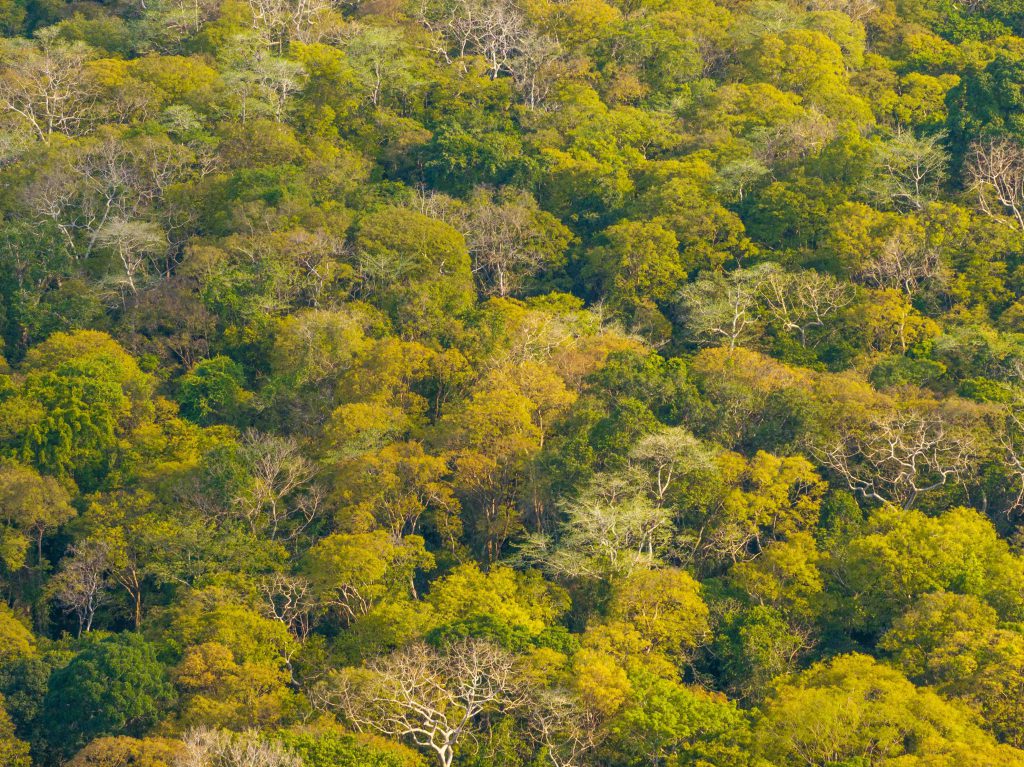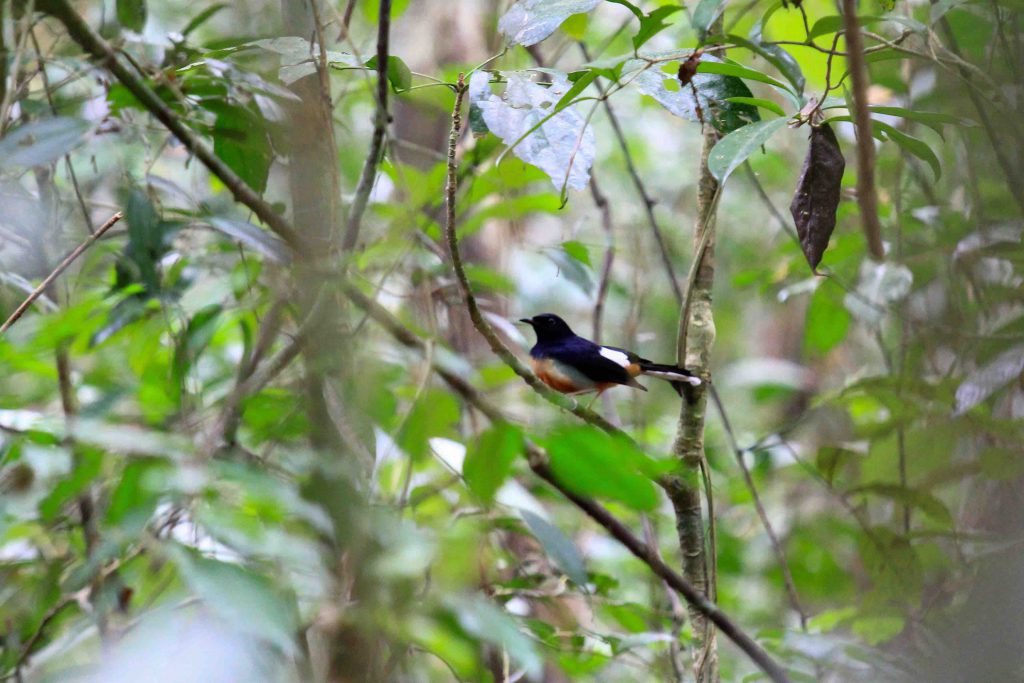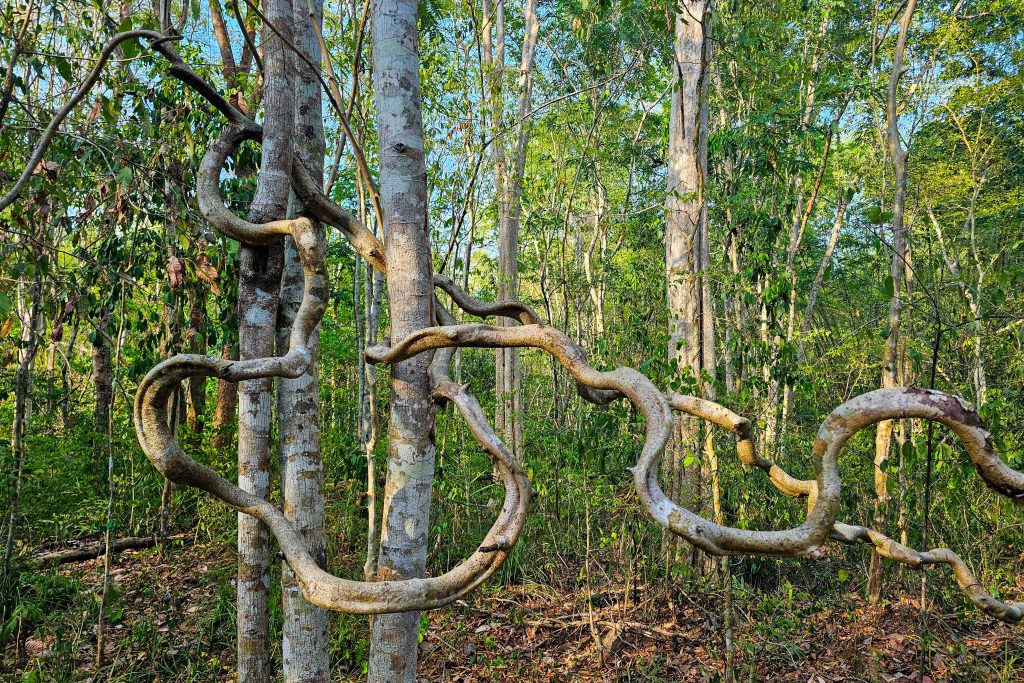Story: Huynh Phuong
Photos: Long Ho
Visiting Cat Tien National Park, tourists can immerse themselves in wild nature, trek through the forest, and enjoy a truck night safari.

The “green lungs” of Southeast Vietnam
Cat Tien National Park spans three provinces: Dong Nai, Lam Dong, and Binh Phuoc, covering an area of over 72,000 hectares. Treasured for its high biodiversity, the area was certified by UNESCO as a World Biosphere Reserve in 2001 and 2011. Known as the “green lungs” of Southeast Vietnam, Cat Tien boasts 1,729 identified animal species and 1,655 higher plant species, making it an ideal destination for nature lovers, photographers, and researchers of wildlife and flora.
Hailing from Ho Chi Minh City, photographer Long Ho enjoyed an exciting two-day, one-night tour in Cat Tien, exploring different modes of transportation such as trekking on forest trails, mountain biking, and riding in an open truck. These forest tours typically involve 10 or fewer guests to avoid disturbing the wildlife’s natural rhythm.
The wonders of Cat Tien
On the first day of their 14km-long forest tour, Long Ho and his companions were surrounded by green space and ancient trees, including a majestic 500-year-old Tung tree (Tetrameles nudiflora) with a trunk so huge it would take a dozen people to reach around it. They were amazed by a 700-year-old Afzelia xylocarpa known as “Uncle Dong Tree”, named after the late Prime Minister Pham Van Dong, who visited it on February 12, 1988. A unique Da Co Lagerstroemia forest was equally impressive. Here, a 300-year-old tree boasts six branches that reach out to embrace the sunlight. These trees are among the treasures of Cat Tien Forest. The woods were further adorned by flocks of colorful butterflies fluttering among the bushes.

Cat Tien is home to approximately 113 mammal species, notably the gaur and the pygmy slow loris, both rare species that are strictly protected. It is the only place in Vietnam to experience a night safari in an open truck. As night fell, their group set off on a 12-km-long trip. Guides shone yellow lights on the animals since white light would frighten them. Using binoculars, Long Ho and his friends could spot hoofed animals, porcupines, rabbits, and snakes foraging in the vast grasslands at night. For scientists, the most thrilling sight is the pygmy slow loris, a creature listed in both the Vietnam and world Red Books. This creature is known for its gentle nature and large, round eyes, which glow in the dark.
Each Night Wildlife Tour offers a unique experience, leaving visitors eager to explore.
Exploring the Bau Sau Ramsar Site
On the second day, the group drove 9km to Bau Sau Junction and then walked 5km to explore the Ramsar wetland area. Located in the core of Cat Tien, this Ramsar site spans over 13,700 hectares, including 151 hectares of permanent wetlands. Bau Sau is a key region for endemic birds in the southern lowlands of Vietnam, home to both native and migratory bird species. It is also home to Siamese crocodiles, a rare freshwater crocodile species.

Visitors can rent boats to watch the crocodiles, which typically lie still with only their eyes above the water. Visitors must strictly follow the guidance of rangers and guides. Long Ho used a 400mm telephoto lens to capture scenes of crocodiles fighting, possibly due to the mating season, when males fight over females, with some crocodiles even suffering broken snouts and misaligned jaws.
At noon, the tour group returned to the forest’s edge where a car was waiting to drive them back to the National Park Center, concluding their unforgettable explorations of Cat Tien.
Cat Tien is continuously patrolled by many rangers and forest management staff who work 24/7. To help preserve the forest’s treasures, visitors should not litter, carve or draw on trees, or make loud noises that could disturb the wildlife.
On June 21, 2024, Cat Tien became the first national park in Vietnam and the 72nd protected area worldwide to receive the Green List designation from the International Union for Conservation of Nature (IUCN).










